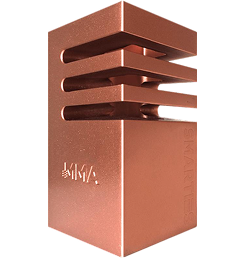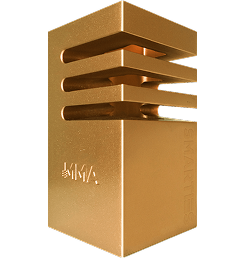Every Touchpoint
One Agency
Every
Touchpoint
One
Agency
FULL-FUNNEL MARKETING THAT CONNECTS THE DOTS BETWEEN BRANDS AND CONSUMERS
FULL-FUNNEL MARKETING THAT CONNECTS THE DOTS BETWEEN BRANDS AND CONSUMERS
FULL-FUNNEL MARKETING THAT CONNECTS THE DOTS BETWEEN BRANDS AND CONSUMERS
FULL-FUNNEL MARKETING THAT CONNECTS THE DOTS BETWEEN BRANDS AND CONSUMERS
FULL-FUNNEL MARKETING THAT CONNECTS THE DOTS BETWEEN BRANDS AND CONSUMERS
FULL-FUNNEL MARKETING THAT CONNECTS THE DOTS BETWEEN BRANDS AND CONSUMERS
FULL-FUNNEL MARKETING THAT CONNECTS THE DOTS BETWEEN BRANDS AND CONSUMERS
FULL-FUNNEL MARKETING THAT CONNECTS THE DOTS BETWEEN BRANDS AND CONSUMERS
FULL-FUNNEL MARKETING THAT CONNECTS THE DOTS BETWEEN BRANDS AND CONSUMERS
FULL-FUNNEL MARKETING THAT CONNECTS THE DOTS BETWEEN BRANDS AND CONSUMERS
FULL-FUNNEL MARKETING THAT CONNECTS THE DOTS BETWEEN BRANDS AND CONSUMERS
FULL-FUNNEL MARKETING THAT CONNECTS THE DOTS BETWEEN BRANDS AND CONSUMERS
DELIVERING WORK THAT WORKS
Who we do it for








ON THE DOT
On the Dot is where we unpack what’s shaping marketing today – from regional insights to the full-funnel trends that matter most for brands and marketers alike.
Quick reads, fresh perspectives, and ideas designed to make every touchpoint work smarter.
The calm before the crescent: Why Pre-Ramadan is marketing’s quiet power play
You may think Ramadan might still be weeks away (just to put it in context, we’re less than 14 weeks away), but the race to stay top of mind begins long before the moon is sighted. In the UAE, this shift starts quietly: in search queries, in shopping carts, and in tone. The UAE’s Consumer Sentiment Index edges up pre-Ramadan, shifting spending habits as over half of MENA consumers increase their spend in real terms during this period.
But every Ramadan campaign plan begins with one decision: when to start.
The short answer? Now.
1. The pre-Ramadan advantage
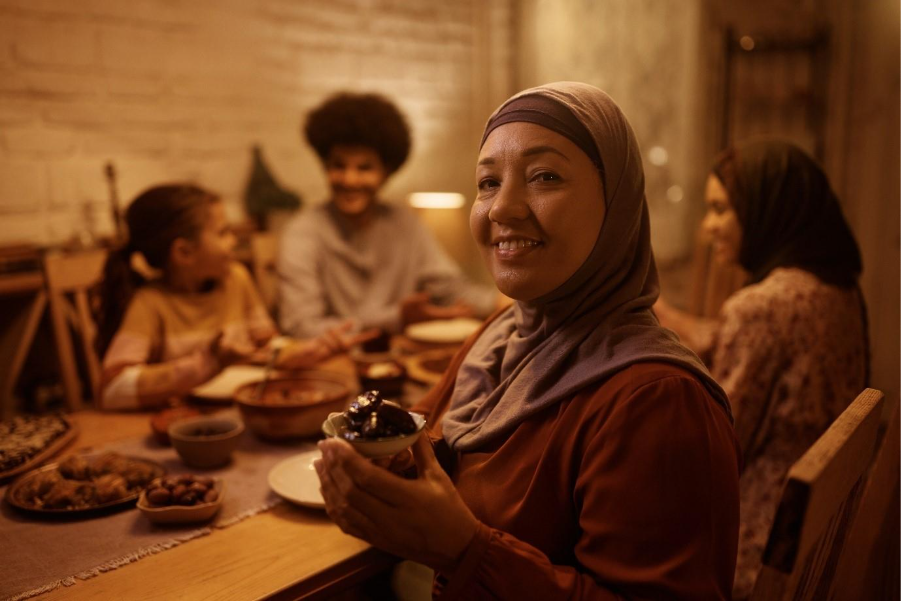
The ‘pre-Ramadan phase’ is typically 4 to 8 weeks before the canon is fired.
This is when brands earn their place in Ramadan conversations.
Search intent begins to rise, optimism builds, and consumers start planning with purpose. And, while this window attracts early planners, it remains strategically underutilized with brands often shift spend closer to Ramadan’s start, missing a key opportunity to connect before the clutter peaks.
Attention may cost more but so does waiting too long.
The smartest marketers use this phase to test creative narratives, refine targeting, and seed emotional equity; setting the stage for meaningful engagement when the season truly begins.
Consumer planning peaks 2-3 weeks pre-Ramadan; across groceries, modest fashion, décor, gifting- ad its early entrants that catch the advantage.; lLess clutter, more curiosity, better engagement. This is when teaser stories, subtle brand associations, and soft emotional cues build momentum.
2. Storytelling with intent
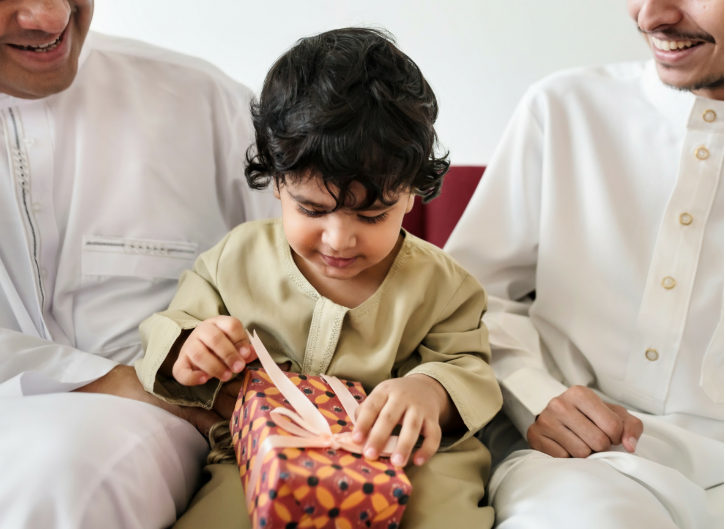
Ramadan storytelling isn’t about volume – it’s about values.
The emotional curve shifts from anticipation to reflection, and brand messaging needs to evolve with it. Stories of kindness, community, and human connection cuts through the noise.
Think simple visuals, soft tones, and authentic narratives that live naturally across digital and OOH. Real people, real scenarios, in essence, the real lived experience of Ramadan. This is the season for campaigns that feel shared, not sold.
It’s key to strike a fine balance between reverence with engagement.
Aseem Bhandari , our Head of Offline Media, shares what resonates with him:
“For me, as the Holy Month approaches, tone becomes everything. The most powerful campaigns don’t speak louder – they feel deeper. In a time of reflection and restraint, authenticity matters most. Campaigns that honor the spirit of fasting- like Coca-Cola’s beautifully simple Ramadan billboards or Emirates NBD’s acts-of-kindness stories remind us that it’s empathy that always connects stronger than a promotion.”
Brands that align with optimism, family, and preparation rather than pure promotion – become part of the season’s emotional landscape before competition floods the feed.
3. Where attention moves after sunset
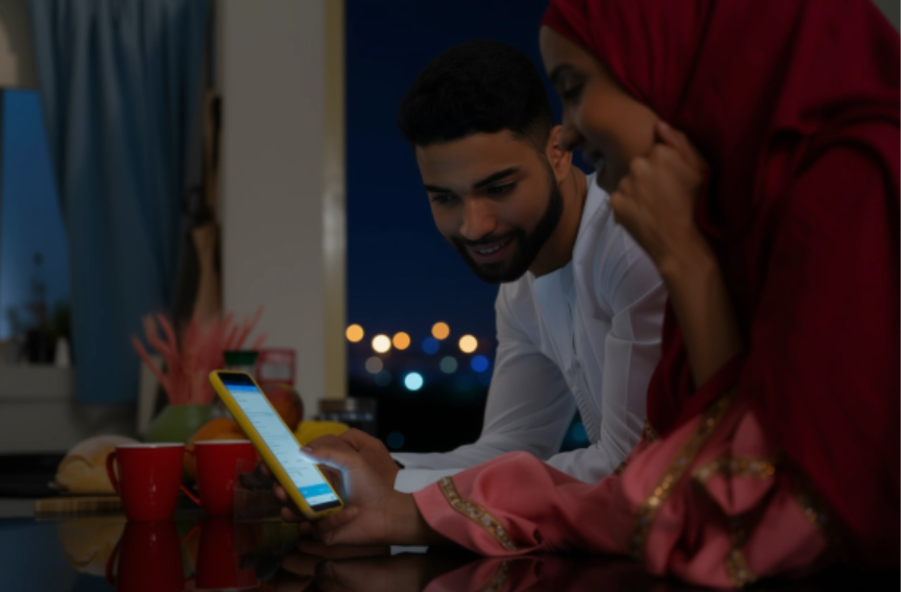
Ramadan resets routines – and attention follows the rhythm of the day.
Engagement peaks post Iftar and stays high until 3 AM. Between 7 PM–12 AM, transactions spike, and digital activity surges across social, streaming, and shopping. This is where adaptive media strategies truly shine. Content that reflects real moments – conversational, visual, and mobile-first – performs best.
Short-form video (under 10 minutes) now drives 79% of total viewership, while shopping app activity has surged by 126% YoY.
Programmatic DOOH adds another layer of flexibility – allowing brands to tailor messaging by time of day. For instance, an automobile brand could focus on awareness and CSR messaging like “Drive Safe” during morning commutes, then shift to Ramadan offers in the evening. The result? One medium, multiple objectives, achieved seamlessly.
4. Meaning that moves markets

In Ramadan, generosity drives engagement.
53% of MENA consumers increase spending, driven by essentials and generosity, while 64% of UAE consumers prefer brands that engage in philanthropy; not performatively, but purposefully.
Campaigns that connect commerce with contribution; whether through donations, community programs, or collaborations, create emotional equity that lasts beyond Eid.
Partnerships with local charities, donation tie-insactivations, or community initiatives, build deeper trust and drive long-term loyalty.
Ramadan isn’t just about conversion – it’s about contribution.
The Bottom Line: Brands that plan now last longer.
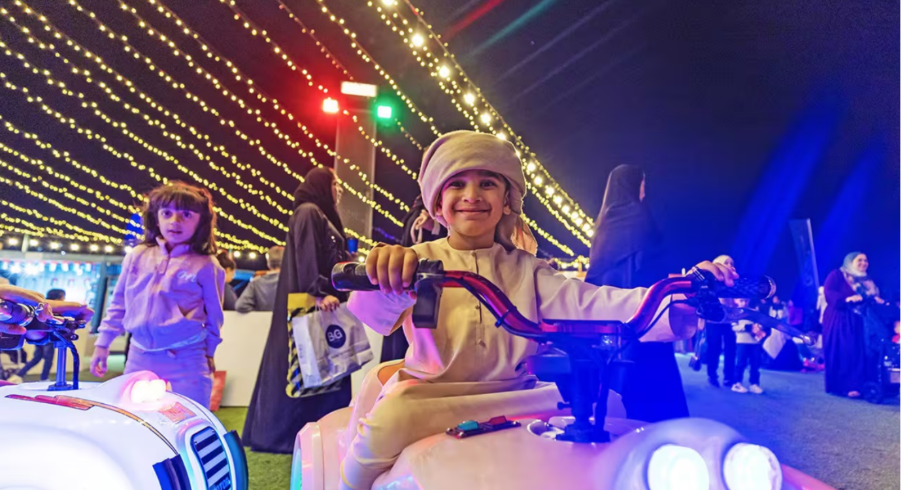
The pre-Ramadan phase is where foresight becomes an advantage. It’s when strategy, creative timing, and empathy meet performance.
Early planning captures the search surge before Ramadan noise takes over – and builds foundations that carry through Eid and into Q2.
Because whilst some brands scramble during the Holy Month, those brands that start early are already part of the story.
Sources: (Riwaya Blog, Campaign Middle East / Motivate Media Group, Digital Bee Studio, Sherpa Communications, LIIGX / Karve Digital, YouGov, BYYD Inc., Al Etihad Payments (AEP), Sila Insights, Carril Agency)
From frenzy to finesse: Mastering White Friday in the Middle East
If Black Friday is the global shopping circus, then White Friday is the region’s main stage; and it’s not just about discounts. Born in 2014 when Souq.com rebranded the “black” into something culturally resonant, White Friday now stands as the Middle East’s very own retail holiday.
In the UAE, Saudi, Kuwait, and Egypt, it’s the moment when carts fill up, wish lists shrink, and brands get their biggest stress test of the year. And unlike the one-day blitz of Black Friday in the US, White Friday in the Middle East is built for endurance. Think four-day weekends (Nov 29 – Dec 2 this year) or even entire weeks of deals. With UAE shoppers spending on average AED 1,068 each and mobile dominating the checkout experience, the stakes and opportunities are higher than ever.
The landscape at a glance
- Spending power: Emiratis and Saudis outspend their global peers ($400 vs $230–300 average).
- Multi-day momentum: Extending promos beyond Friday can trigger up to a 135% surge in orders.
- Digital dominance: 3 in 4 UAE consumers now prefer online shopping, most of them on mobile.
So, what does winning look like for brands and marketers?
1. Start early, finish late

White Friday isn’t a sprint; it’s a marathon. Brands that begin teasing deals as early as late October capture nearly a quarter of early buyers. Countdowns, sneak peeks, and teaser emails drive anticipation. And the sale doesn’t have to end on Sunday: stretching promos through the week keeps carts active and audiences coming back.
2. Go multi-channel or go home

Amazon is the discovery playground: 87% of shoppers go there for inspiration, even if they purchase elsewhere. But don’t stop there: layer Instagram reels, Google ads, email drops, and influencer collabs. Retargeting is your secret weapon: bring back window shoppers with personalized nudges. Augmented reality (AR) try-ons, QR codes, and mobile interactivity are making shopping experiences easier, faster, and more engaging in the ME.
3. CX is king
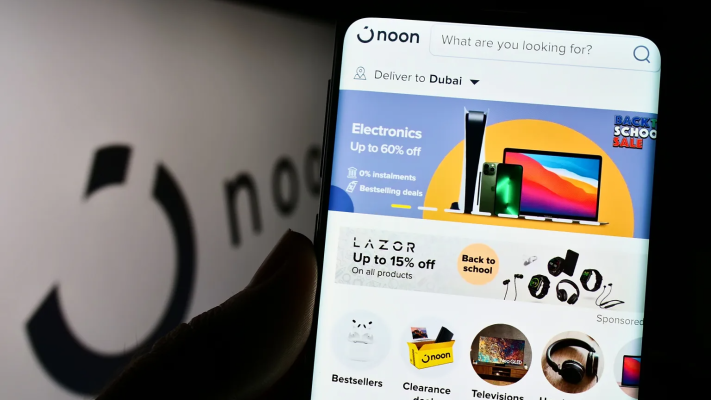
A slick experience is what converts clicks into buys.
- Websites must withstand the traffic spike; look at using cloud auto-scaling, Content Delivery Networks (CDNs), and stress-tested checkout systems to stay fast and reliable under peak load.
- Mobile-first isn’t optional, it’s survival. 71% of UAE consumers integrate digital features like QR code scans, mobile payments, and price-comparison apps into their shopping experience.
- Simplify checkout: support guest logins, multiple payment options, fewer form fields.
- Offer live chat or chatbots and gain instant trust.
4. Deals that resonate
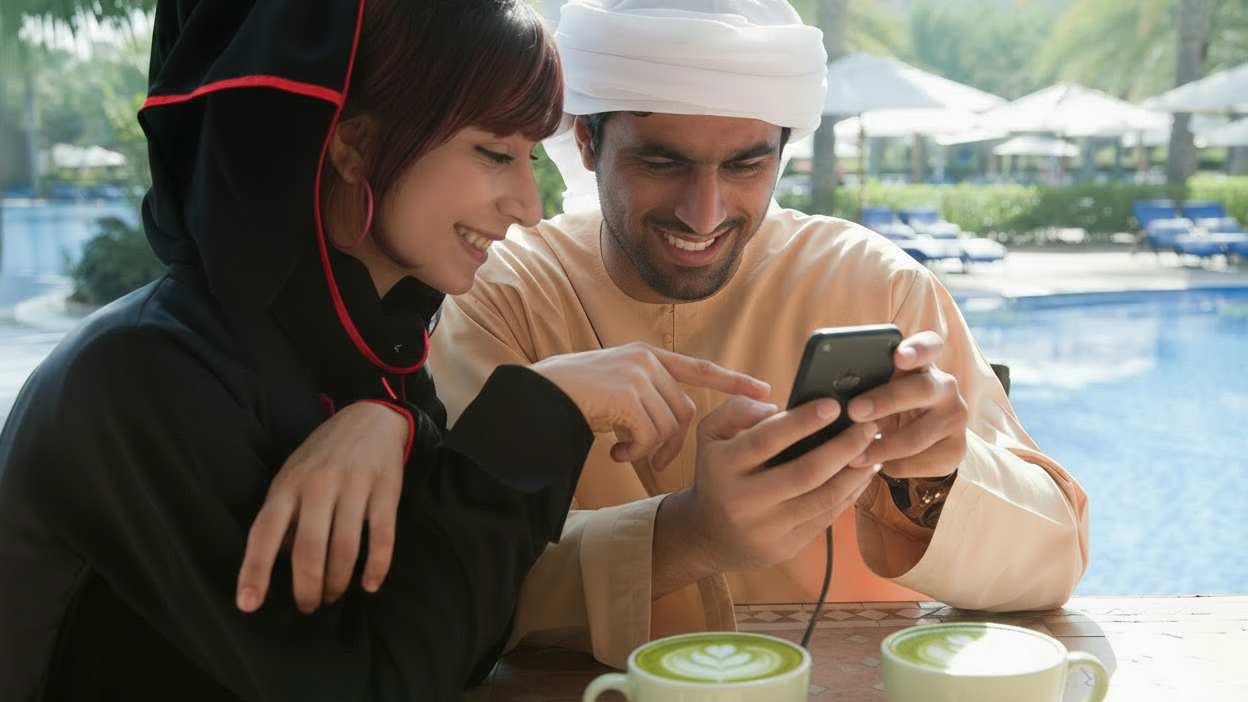
Shoppers in the region have their favourites:
- Direct discounts still rule.
- “Buy one, get one” is the second-best magnet.
- 68% of Middle East shoppers buy directly from brand websites, valuing authenticity and trusted sourcing.
- BNPL (Buy Now, Pay Later) is booming ; 61% prefer it, and it can boost order values by 50%.
- Add a cultural layer: bilingual messaging (Arabic + English) and locally relevant offers always hit harder.
- Free shipping never fails.
5. Deliver today, win tomorrow
Logistics make or break the season. Stock-outs frustrate (61% of shoppers fear it most). Fulfilment speed and product quality build trust. Do it right, and 74% of your White Friday buyers will come back later to restock; even at full price.

The Bottom Line
White Friday isn’t chaos, it’s choreography. The brands that prepare early, meet customers where they scroll, and deliver seamless experiences are the ones who turn seasonal spenders into loyalists.
The State of Attention: It’s Back-to-Scroll Season in UAE
Summer’s out, schools are back, calendars are packed. And inboxes? Overflowing. In UAE, where the skyline rises higher every month, so does our screen time. September here isn’t just a season change, it’s a reset. We swap flip-flops for boardrooms, beach days for back-to-business, but the country doesn’t slow down, it speeds up.
Here’s the twist though: this isn’t just “back to business.” It’s back to attention. And attention, as every marketer knows, is the real currency. Here’s what YouGov’s latest State of Media Consumption 2025 report says:
1. There’s a rebound in daily media hours
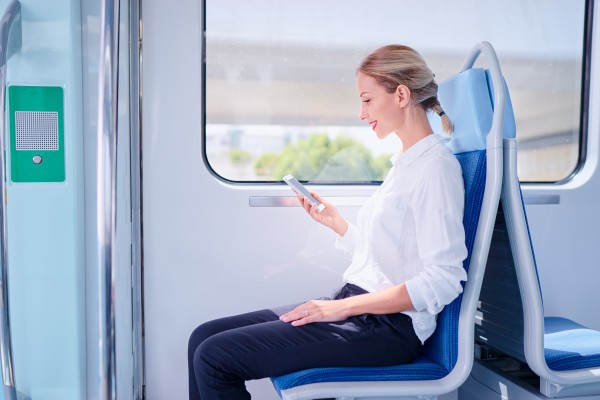
Think everyone’s too busy to scroll? Not quite. A third of UAE residents still consume 3+ hours of media daily, and about one in seven smash through the 5-hour mark. Weekends? Even heavier.
- Audience aged 35+: going steady 1–3-hour daily sessions.
- Under-35s: slightly more likely to binge past the 3-hour mark. Not surprising, we know.
Our tip: Target those morning commutes and post-dinner doomscrolls, but don’t sleep on those lunchtime micro-moments.
2. The surge of the social scroll
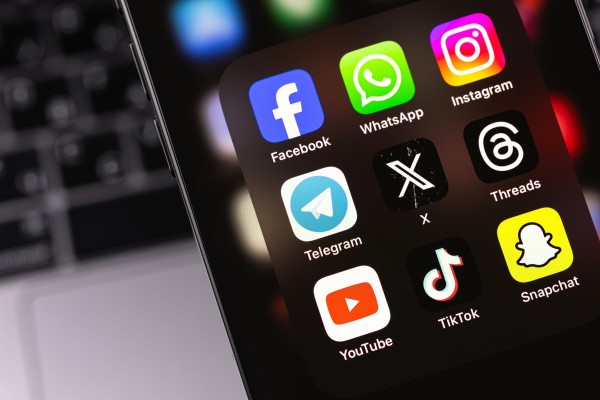
Social isn’t just alive, it’s thriving. 68% of UAE residents consumed social media last month, and 52% are daily scrollers. Even better? Six in ten daily users say they’re spending more time than last year. Who are they? Skewing male, and not necessarily parents. Meaning their attention windows are refreshingly flexible.
Let’s talk hierarchy:
- YouTube: The undisputed heavyweight (80% usage).
- Facebook & Instagram: Always the reliable sidekicks, although Facebook is the boomer magnet (80% among 35+ vs. 67% under-35).
- TikTok & Snapchat: In the cool kids’ corner with TikTok reaching over half of social media users (52%), and Snapchat remaining a youth-centric niche (37% of under 35s vs. 26 % of 35+).
- LinkedIn: 39% reach, signalling a strong professional network audience.
3. Beyond the scroll: Streaming & Audio
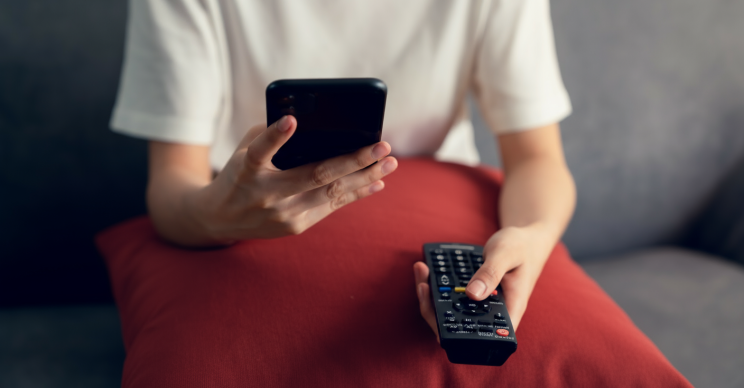
Your audience isn’t just scrolling, they’re multitasking.
- Netflix reigns supreme (72%), followed by Prime Video (46%). Disney+ (27 %) and Apple TV+ (20 %) are niche but growing.
- Spotify out-streams Amazon and Apple Music, with 45 % of residents using it last month.
- Radio is as always, alive and well in the country with 41% listening up to an hour daily.
- Podcasts are still niche, but rich; especially among late-night listeners and younger multitaskers.
Our tip: Don’t build your strategy solely on swipes. Connected TV and audio platforms provide high engagement environments for storytelling and sponsorships, particularly during commutes and evening wind down routines.
Irfan S Mirza , our Head of Digital says: “The UAE’s Connected TV market is growing at an average rate of 16%+ in 2025, supported heavily through three key factors: a very high internet penetration, a tech-savvy population, and a high disposable income. These three factors play a big role in shifting the viewership from Linear TV into the Connected TV segment.”
So, what should brands actually do?
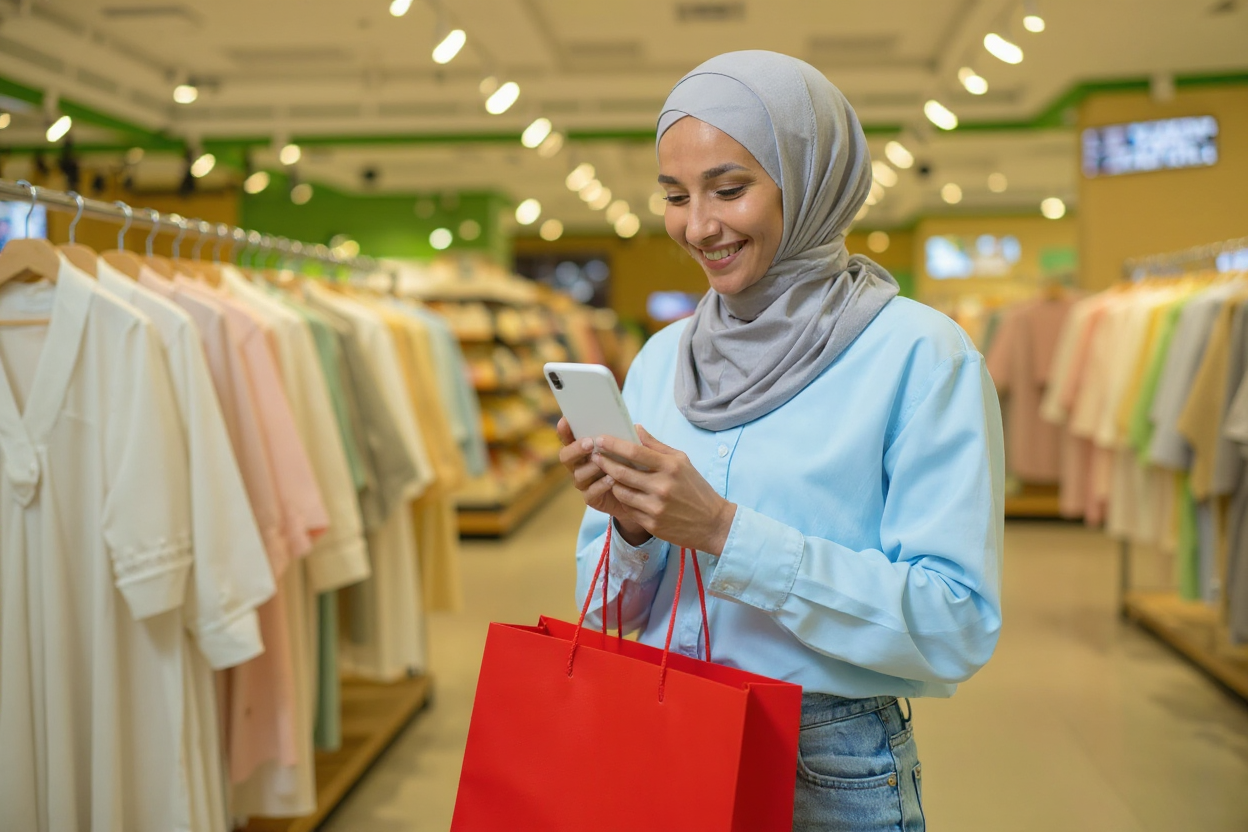
Compared to Western markets, UAE audiences are heavier users of YouTube, Instagram, TikTok, Snapchat, and LinkedIn..So if you’re chasing expats, calibrate your mix accordingly.
- Double down on the spine: YouTube, Instagram, and Facebook are September’s must-haves.
- Experiment boldly: Use this month as a test lab for formats: shoppable reels, podcast sponsorships, interactive Connected TV.
- Segment smartly: Tailor to age and context; older adults on Facebook, younger ones in the land of late-night podcasts.
- Go omnichannel: People aren’t on one platform at a time, they’re multitasking. Spread your campaign messaging across social, streaming, Connected TV and audio.
September isn’t just a reset, it’s a sweet spot. Your digital strategy needs to reflect that you’re not just riding the back-to-work wave, you’re setting yourself up for a Q4 crescendo.
Sources: YouGov-State of Media Consumption 2025
Back to (Retail) School: Why Omnichannel isn’t optional in the UAE anymore
Summer’s wrapping up, and it’s not just students that are heading back to class. For brands and retailers in the UAE, it’s time to sharpen your pencils, dust off your digital strategies, and get serious about the curriculum: Omnichannel Retail 101.

Lesson 1: The customer journey is now a group project
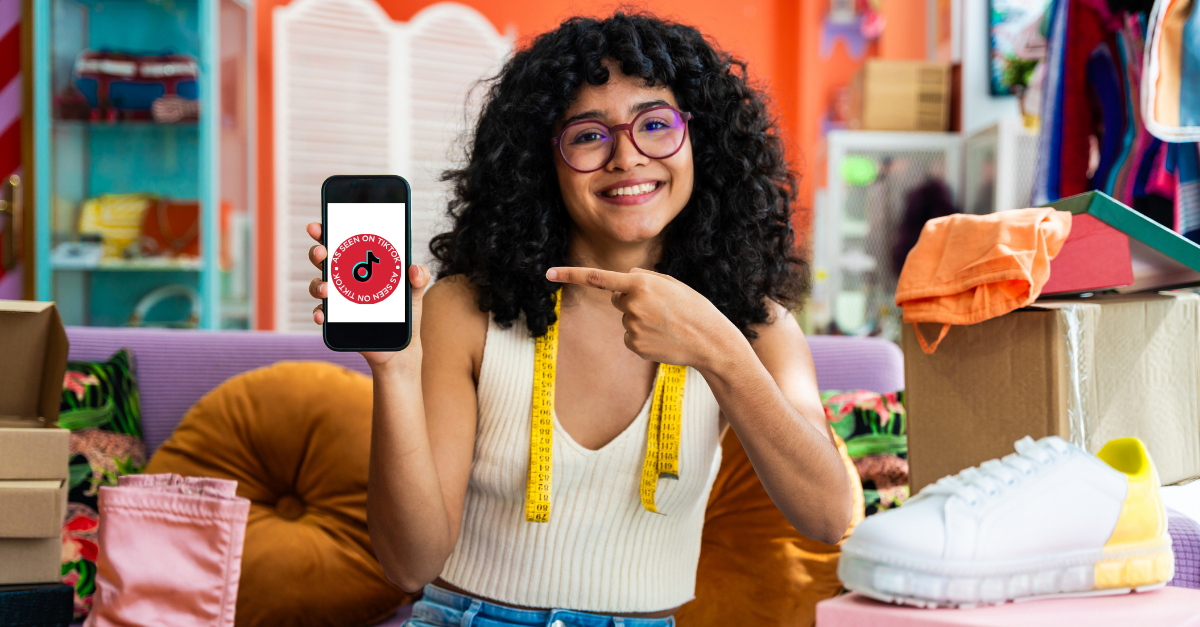
Let’s be real: shoppers in the UAE aren’t following any one path. They discover a product on TikTok, Google it, drop by one of the many, many malls, scan a QR code in-store, and maybe, just maybe, complete the purchase in an app or on a marketplace. It’s a loop of moments. And if you’re not present and consistent with every one of them? Then you’re getting detention.
Lesson 2: Multi-Channel vs. Omnichannel, know the difference

Think of multichannel like studying from five different textbooks that don’t talk to each other. Omnichannel? That’s one cohesive syllabus, tailored for every student; or in your case, the shopper. UAE consumers are digitally savvy, experience-driven, and brand-conscious. They expect one continuous brand experience, whether they’re on their phone, in your store, or somewhere in between. No mixed messages. No disjointed experiences.
Here’s a stat that should be on your cheat sheet: “UAE retailers offering omnichannel features (apps, QR codes, loyalty programs) see a 56% higher customer satisfaction rate.”
Lesson 3: Build your Retail Starter Kit

A smart omnichannel game plan in the UAE covers every step of the customer’s journey. Here’s a roundup of what to add to your toolkit (if you haven’t already):
- Search Ads (Google, Bing): For when shoppers already know what they want.
- Social Media Ads (Meta, TikTok, Snap): For discovery, storytelling, and re-engagement.
- E-commerce Marketplaces (Namshi, Amazon): Where the search often starts.
- Email & SMS: Classic but effective, especially for timely promos and flash sales.
- App Push Notifications: Quick nudges to your loyal fans, perfect for new drops or sales.
- Mall & Outdoor Media: Think Sheikh Zayed Road billboards with QR codes: physical meets digital.
- Experiential Retail: Events, pop-ups, and activations that bring your brand to life, and give shoppers a reason to share.
Lesson 4: Know everyone’s learning style (A.K.A Funnel Stage)

Just like students have different learning styles, shoppers have different entry points. That’s why a full-funnel mindset is key:
- Awareness: Paid social, OOH, display
- Consideration: Influencers, retargeting, product comparison tools
- Conversion: Direct emails, push notifications, search ads
Our data suggests campaigns with 3+ coordinated touchpoints see 287% more purchases vs. single-channel plays.
That’s the difference between passing and acing the test.
Lesson 5: Stop guessing. Start grading smarter.

Today’s customer journey is too complex for last-click attribution. Smart marketers in the UAE are graduating to more advanced tools:
- GA4: To track behaviours across devices and platforms
- Customer Data Platforms (CDPs): To unify data across app, web, and POS
- Marketing Mix Modelling & Multi-Touch Attribution: To give every channel the credit it deserves
The result? Smarter budgets. You’ll know where to build awareness (META), and where to seal the deal (Google Search, SMS, app notifications).
The Final Exam: Omnichannel is the curriculum, not the elective
In the UAE’s fast-moving retail space, omnichannel isn’t “extra credit”, it’s the core syllabus. “Think of retail marketing as a symphony. A harmony of channels, each playing its part with precision. It’s not just about being everywhere; it’s about how each channel connects seamlessly to the next, creating a unified, orchestrated brand experience that resonates with the consumer at every touchpoint.” – Anam Malik , Head – Strategy & CX
Here’s what she suggests:
✅ Break down the silos between your media, marketing, and store teams
✅ Design customer journeys based on real behaviour, not assumptions
✅ Measure like a strategist, not just a performance marketer.
Welcome to the new school year. Class is in session, and the retailers who learn fastest will lead the pack.
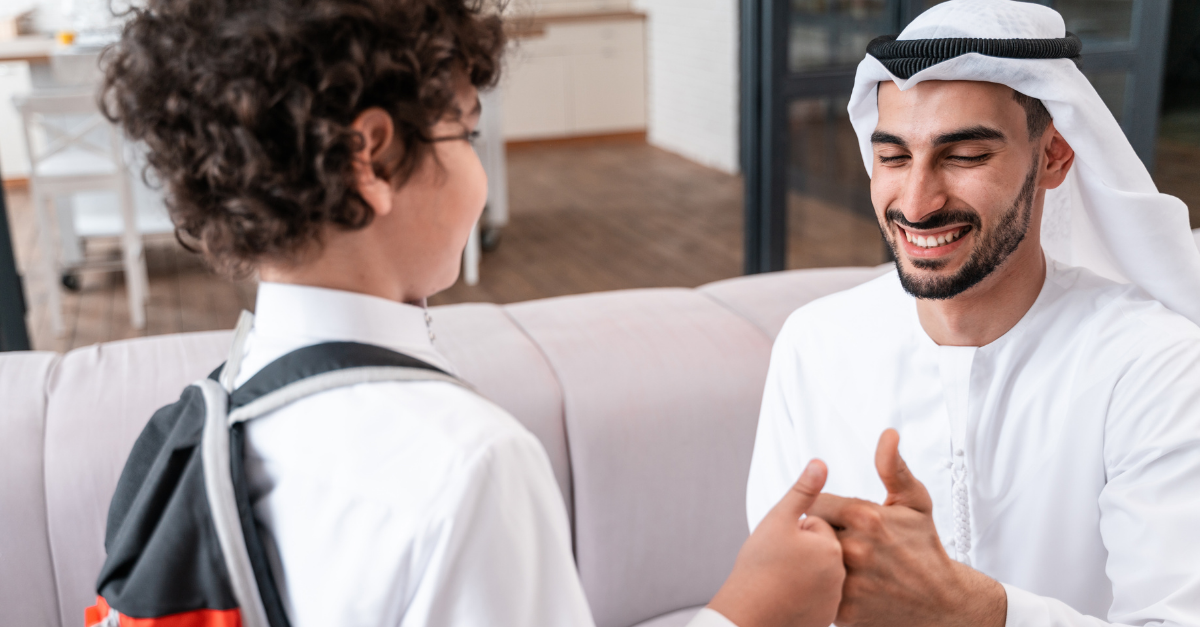
Sources: MAF UAE Retail Economy; PwC GCI Pulse ME; Visa Digital Shopping Index UAE; Fast Company ME Gen Z/Experiential Retail; Amazon Ads, TikTok & MoEngage campaign data; other current industry reports.
ON THE DOT
On the Dot is where we unpack what’s shaping marketing today – from regional insights to the full-funnel trends that matter most for brands and marketers alike.
Quick reads, fresh perspectives, and ideas designed to make every touchpoint work smarter.
The calm before the crescent: Why Pre-Ramadan is marketing’s quiet power play
From frenzy to finesse: Mastering White Friday in the Middle East
The State of Attention: It’s Back-to-Scroll Season in UAE
Back to (Retail) School: Why Omnichannel isn’t optional in the UAE anymore
GET IN TOUCH
Reach out and let’s see how we can help your brand
create experiences that last and deliver meaningful outcomes.
Reach out and let’s see how we can help your brand create experiences that last and deliver meaningful outcomes.
